Estimated reading time: 5 minutes
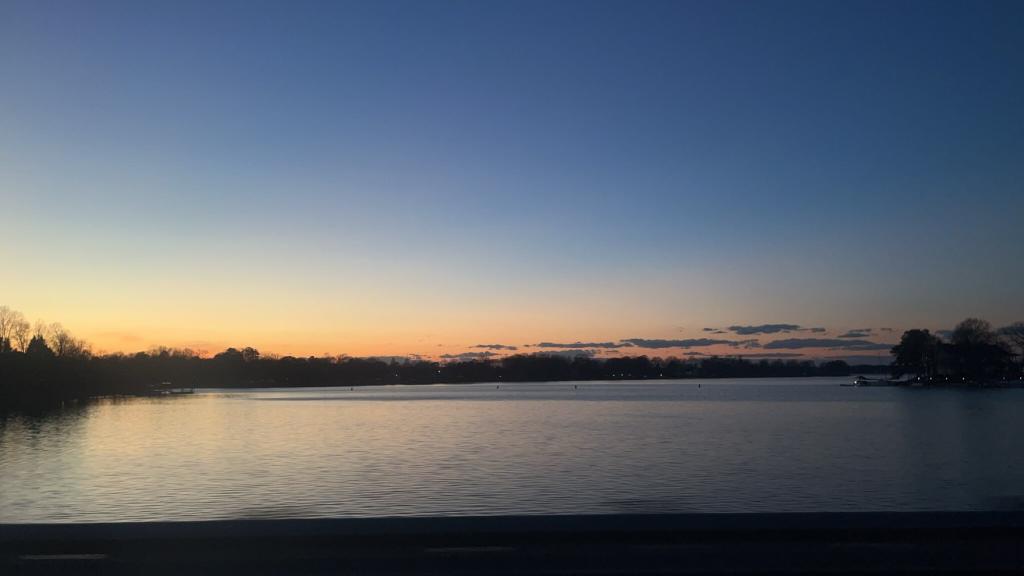
The beautiful Lake Norman in North Carolina is a popular destination for lake enthusiasts, drawing in millions of lake-goers each year. With over 500 miles of shoreline, spanning across four counties, Lake Norman is North Carolina’s largest man-made lake. However, before it became a lake, the land that was flooded in creating it was once teeming with activity. From mill towns to a historic battlefield, today, we’re uncovering the history that lies beneath the vast depths of Lake Norman.
Submerged Ghost Towns of Long Island Mill and East Monbo Mill
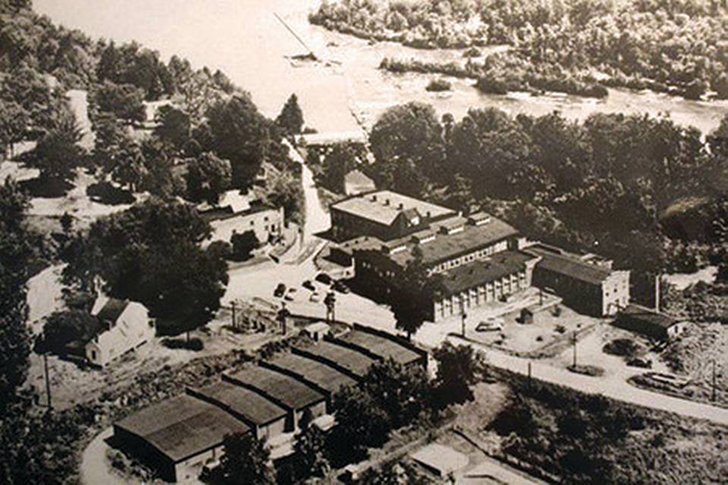
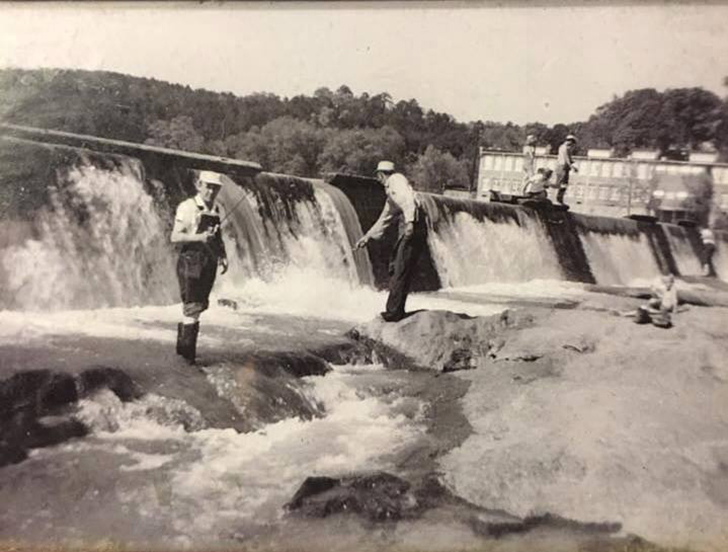
In 1959, two mills, Long Island Mill and East Monbo Mill, and their accompanying villages were closed down to make way for the installation of Lake Norman. Built in the 1800s, the mills employed over 200 families that resided in the mill villages. In addition to farmland, the villages included churches, cemeteries, houses, and a post office. Some villagers relocated their homes (literally had them picked up), while some had remains from the cemeteries moved. Although most buildings were destroyed, some structural ruins and foundations remain beneath Lake Norman.
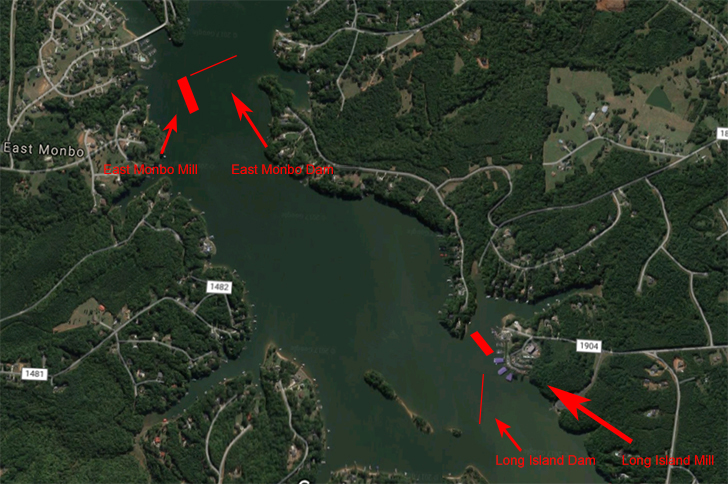
Site of the Historic Battle of Cowan’s Ford Underwater
A Revolutionary War battle, known as the Battle of Cowan’s Ford, took place on February 1, 1787, at Cowan’s Ford on the Catawba River in Mecklenburg County, NC. 2,440 British soldiers marched across the river and met 800 American soldiers on the other side. This modern-day map, created by AmRevNC.com, shows possible key events of the battle.
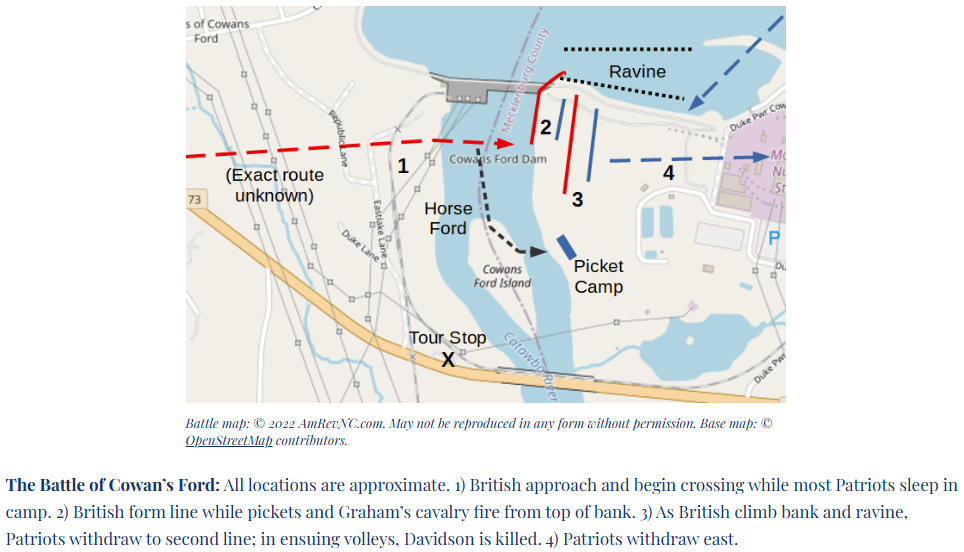
The American forces lost their general, William Lee David, marking a victory for the British. However, this event laid the groundwork for the Battle of Guilford Courthouse, which facilitated the British’s eventual surrender at Yorktown.
This battle site now rests at the bottom of Lake Norman.
Elmwood Plantation House Sits at the Bottom of Lake Norman

The Elmwood plantation house was built by John Davidson Graham, the son of the Revolutionary War hero Joseph Graham, in the 1820s. The Georgian-style house sat on a 1,200-plus-acre cotton plantation where the family produced cotton through the early 1900s. However, during the Great Depression, Duke Power purchased Elmwood and the plantation with the intention of eventually flooding it to create Lake Norman. Duke allowed the family to reside on the property for two decades until it was dismantled in 1959. The family attempted to take apart the house and restore it in Old Salem. But in 1961, the barn used to store the home’s interior caught fire, and the project was abandoned. The plantation’s exterior now sits at the bottom of Lake Norman.
Old Highway 150 Bridge and Beattie’s Ford Bridge Beneath Lake Norman
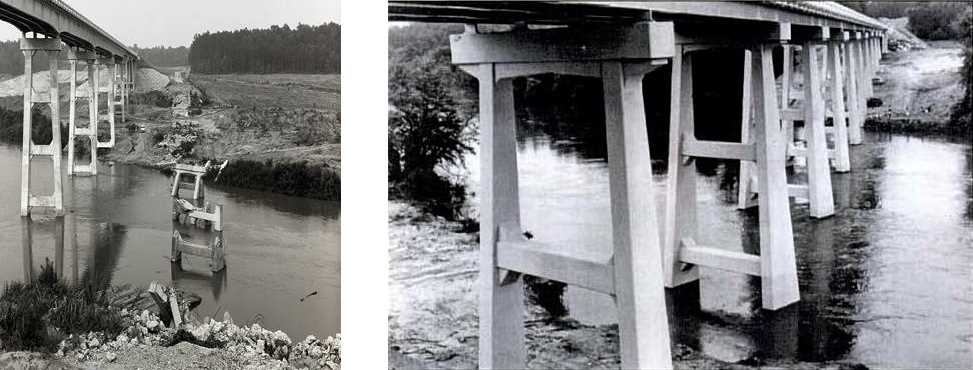
The Old Highway 150 Bridge, which connected Catawba and Iredell counties, was partially destroyed as Lake Norman was filled. Its remnants lie beneath the lake’s surface. The new bridge was built 33 feet higher and located 100 feet from where the original bridge once stood.
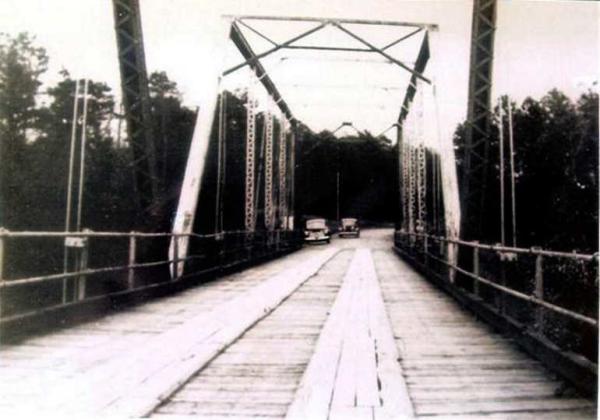
Beattie’s Ford Bridge, a major crossing over the Catawba River on Highway 73, was demolished to make way for Lake Norman. The bridge’s supports are still present 75 feet underwater.
1974 Plane Crash in Lake Norman
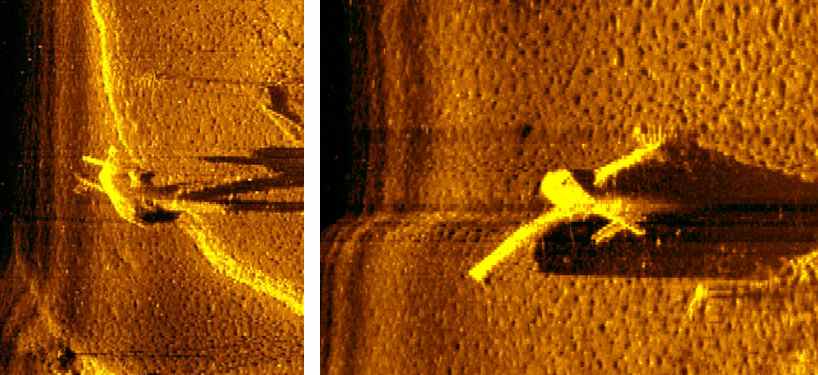
In 2013, a dive team, while performing practice drills on Lake Norman, found a submerged Lake LA-4 aircraft. The team was using sonar technology when they located the plane under 90 feet of water. FAA records show that the aircraft was involved in an accident that led to its demise. The plane’s last owner was a North Carolina resident.
Lake Norman provides fresh water and flood control for the areas surrounding it. As lake goers enjoy the lake lifestyle, many are unaware of the incredible history that lies beneath the lake. From abandoned homes to submerged bridges, as new memories are made on the lake, its past continues to intrigue us.
For more interesting lake stories, check out Lake Homes Lifestyles.

